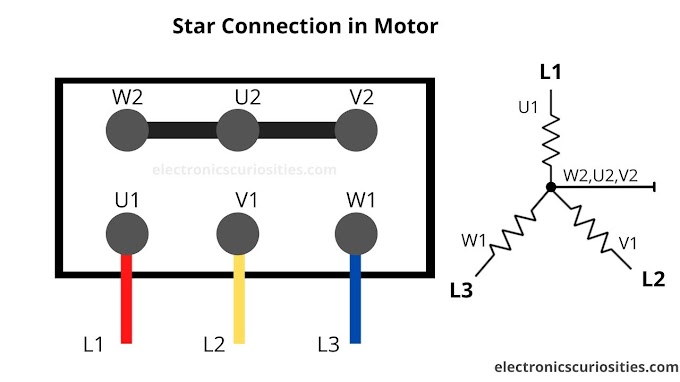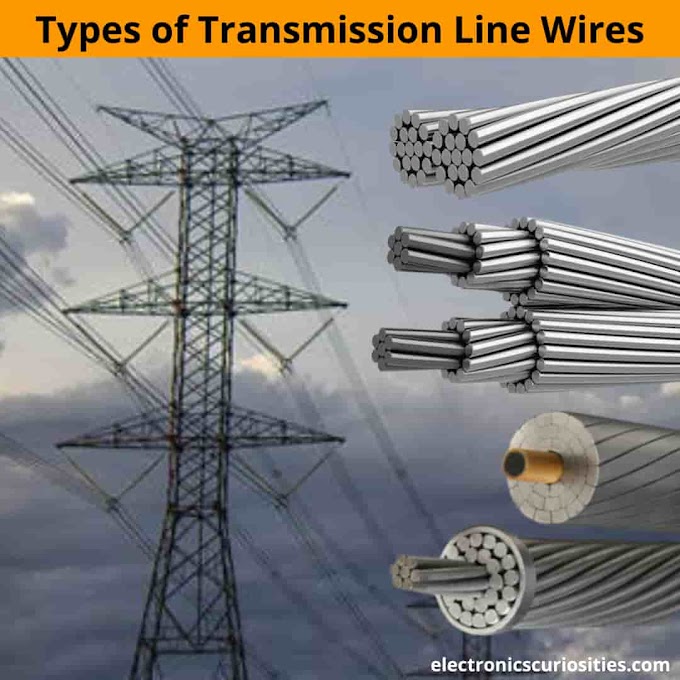Pins Description and Hardware Components on Arduino Uno
It comprises of a circuit board, which can be customized alluded to as a microcontroller (ATmega328) and an instant programming called Arduino IDE (Integrated Development Environment) and transfer the PC code to the physical board.
• Arduino sheets can peruse Analog or Digital information signals from various sensors and transform it into a yield, for example, actuating an engine, turning LED on/off, interface with the cloud and numerous different activities.
• You can control your board capacities by sending a lot of directions to the Microcontroller on the board through Arduino IDE
• Arduino does not require an additional bit of equipment so as to stack another code onto the board. You can just utilize a USB cable to transfer your code on to the Microcontroller.
1) Power USB
Arduino board can be controlled by utilizing the USB cable from your PC/Laptop. You should simply interface the USB cable to the USB port of arduino.
2) Power Jack (7 - 12v DC) (2.1mm x 5.5mm)
Arduino sheets can be powered straightforwardly from the DC power supply by associating it to the Barrel Jack
3) Voltage Regulator
The capacity of the voltage controller is to control the voltage given to the Arduino board and settle the DC voltages utilized by the Microcontroller and different components.
4) Crystal Oscillator ( 16 MHz)
The gem oscillator helps Arduino in managing time issues. The number imprinted over the Arduino precious stone is 16.000H9H. It discloses to us that the recurrence is 16,000,000 Hertz or 16 MHz
5) Arduino Reset Pin
You can reset your Arduino board using this pin i.e., begin your program from the earliest starting point. You can reset the UNO board in two different ways. Initially, by utilizing the reset catch on the board. Second, you can interface an outside reset catch to the Arduino stick marked RESET
6) Pins (3.3v, 5v, GND, Vin)
• Pin 3.3V − Supply 3.3 volt
• Pin 5V − Supply 5 volt
• Most of the parts utilized with Arduino board works fine with 3.3 volt and 5 volt.
• Pin : GND (Ground) − There are a few GND sticks on the Arduino, any of which can be utilized to ground your circuit.
• Pin : Vin − This stick additionally can be utilized to control the Arduino board from an outside power source.
7) Analog Pins (A0 – A5)
The Arduino UNO board has six Analog information pins A0 to A5. These pins can peruse the sign from an Analog sensor like the stickiness sensor or temperature sensor and convert it into a computerized worth that can be perused by the microcontroller.
8) Microcontroller (ATmega328)
Each Arduino board has its own microcontroller (ATmega328). You can accept it as the cerebrum of your board. The principle IC on the Arduino is somewhat not quite the same as board to board. The microcontrollers are more often than not of the ATMEL Company. You should comprehend what IC your block has before stacking another program from the Arduino IDE. This data is accessible on the highest point of the IC.
9) ICSP Pins
For the most part, ICSP is an AVR, a small programming header for the Arduino comprising of MOSI, MISO, SCK, RESET, VCC, and GND. It is regularly alluded to as a SPI: Serial Peripheral Interface, which could be considered as an "extension" for more use .
10) Power LED marker (indicator)
This LED should illuminate when you plug your Arduino into a power source to show that your barricade is controlled effectively. In the event that this light does not turn on, at that point there is some kind of problem with the association.
11) TX and RX LEDs
TX (transmit) and RX (recieve). They show up in two places on the Arduino UNO board. Initially, at the computerized pins 0 and 1, to demonstrate the pins in charge of sequential correspondence. Second, the TX and RX drove . The TX drove flashes with various speed while sending the sequential information. The speed of blazing relies upon the baud rate utilized by the board. RX flashes during the getting procedure.
12) Digital I/O Pins
The Arduino UNO board has 14 advanced I/O pins (of which 6 give PWM (Pulse Width Modulation) yield. These pins can be arranged to function as information computerized pins to peruse rationale esteems (0 or 1) or as advanced yield pins to drive various modules like LEDs, transfers, and so forth. The pins marked "~" can be utilized to produce PWM.
13) AREF (Analog Reference)
AREF represents Analog Reference. It is some of the time, used to set an outer reference voltage (somewhere in the range of 0 and 5 Volts) as far as possible for the Analog information pins.
14) ATmega16u2 (USB Controller)
Use to read the data from USB port to understand the data to main Microcontroller.
15) Reset Button
Use to reset the ATmega328 Microcontroller by pressing the button
It comprises of a circuit board, which can be customized alluded to as a microcontroller (ATmega328) and an instant programming called Arduino IDE (Integrated Development Environment) and transfer the PC code to the physical board.
• Arduino sheets can peruse Analog or Digital information signals from various sensors and transform it into a yield, for example, actuating an engine, turning LED on/off, interface with the cloud and numerous different activities.
• You can control your board capacities by sending a lot of directions to the Microcontroller on the board through Arduino IDE
• Arduino does not require an additional bit of equipment so as to stack another code onto the board. You can just utilize a USB cable to transfer your code on to the Microcontroller.
1) Power USB
Arduino board can be controlled by utilizing the USB cable from your PC/Laptop. You should simply interface the USB cable to the USB port of arduino.
2) Power Jack (7 - 12v DC) (2.1mm x 5.5mm)
Arduino sheets can be powered straightforwardly from the DC power supply by associating it to the Barrel Jack
3) Voltage Regulator
The capacity of the voltage controller is to control the voltage given to the Arduino board and settle the DC voltages utilized by the Microcontroller and different components.
4) Crystal Oscillator ( 16 MHz)
The gem oscillator helps Arduino in managing time issues. The number imprinted over the Arduino precious stone is 16.000H9H. It discloses to us that the recurrence is 16,000,000 Hertz or 16 MHz
5) Arduino Reset Pin
You can reset your Arduino board using this pin i.e., begin your program from the earliest starting point. You can reset the UNO board in two different ways. Initially, by utilizing the reset catch on the board. Second, you can interface an outside reset catch to the Arduino stick marked RESET
6) Pins (3.3v, 5v, GND, Vin)
• Pin 3.3V − Supply 3.3 volt
• Pin 5V − Supply 5 volt
• Most of the parts utilized with Arduino board works fine with 3.3 volt and 5 volt.
• Pin : GND (Ground) − There are a few GND sticks on the Arduino, any of which can be utilized to ground your circuit.
• Pin : Vin − This stick additionally can be utilized to control the Arduino board from an outside power source.
7) Analog Pins (A0 – A5)
The Arduino UNO board has six Analog information pins A0 to A5. These pins can peruse the sign from an Analog sensor like the stickiness sensor or temperature sensor and convert it into a computerized worth that can be perused by the microcontroller.
8) Microcontroller (ATmega328)
Each Arduino board has its own microcontroller (ATmega328). You can accept it as the cerebrum of your board. The principle IC on the Arduino is somewhat not quite the same as board to board. The microcontrollers are more often than not of the ATMEL Company. You should comprehend what IC your block has before stacking another program from the Arduino IDE. This data is accessible on the highest point of the IC.
9) ICSP Pins
For the most part, ICSP is an AVR, a small programming header for the Arduino comprising of MOSI, MISO, SCK, RESET, VCC, and GND. It is regularly alluded to as a SPI: Serial Peripheral Interface, which could be considered as an "extension" for more use .
10) Power LED marker (indicator)
This LED should illuminate when you plug your Arduino into a power source to show that your barricade is controlled effectively. In the event that this light does not turn on, at that point there is some kind of problem with the association.
11) TX and RX LEDs
TX (transmit) and RX (recieve). They show up in two places on the Arduino UNO board. Initially, at the computerized pins 0 and 1, to demonstrate the pins in charge of sequential correspondence. Second, the TX and RX drove . The TX drove flashes with various speed while sending the sequential information. The speed of blazing relies upon the baud rate utilized by the board. RX flashes during the getting procedure.
12) Digital I/O Pins
The Arduino UNO board has 14 advanced I/O pins (of which 6 give PWM (Pulse Width Modulation) yield. These pins can be arranged to function as information computerized pins to peruse rationale esteems (0 or 1) or as advanced yield pins to drive various modules like LEDs, transfers, and so forth. The pins marked "~" can be utilized to produce PWM.
13) AREF (Analog Reference)
AREF represents Analog Reference. It is some of the time, used to set an outer reference voltage (somewhere in the range of 0 and 5 Volts) as far as possible for the Analog information pins.
14) ATmega16u2 (USB Controller)
Use to read the data from USB port to understand the data to main Microcontroller.
15) Reset Button
Use to reset the ATmega328 Microcontroller by pressing the button
Thank You!




